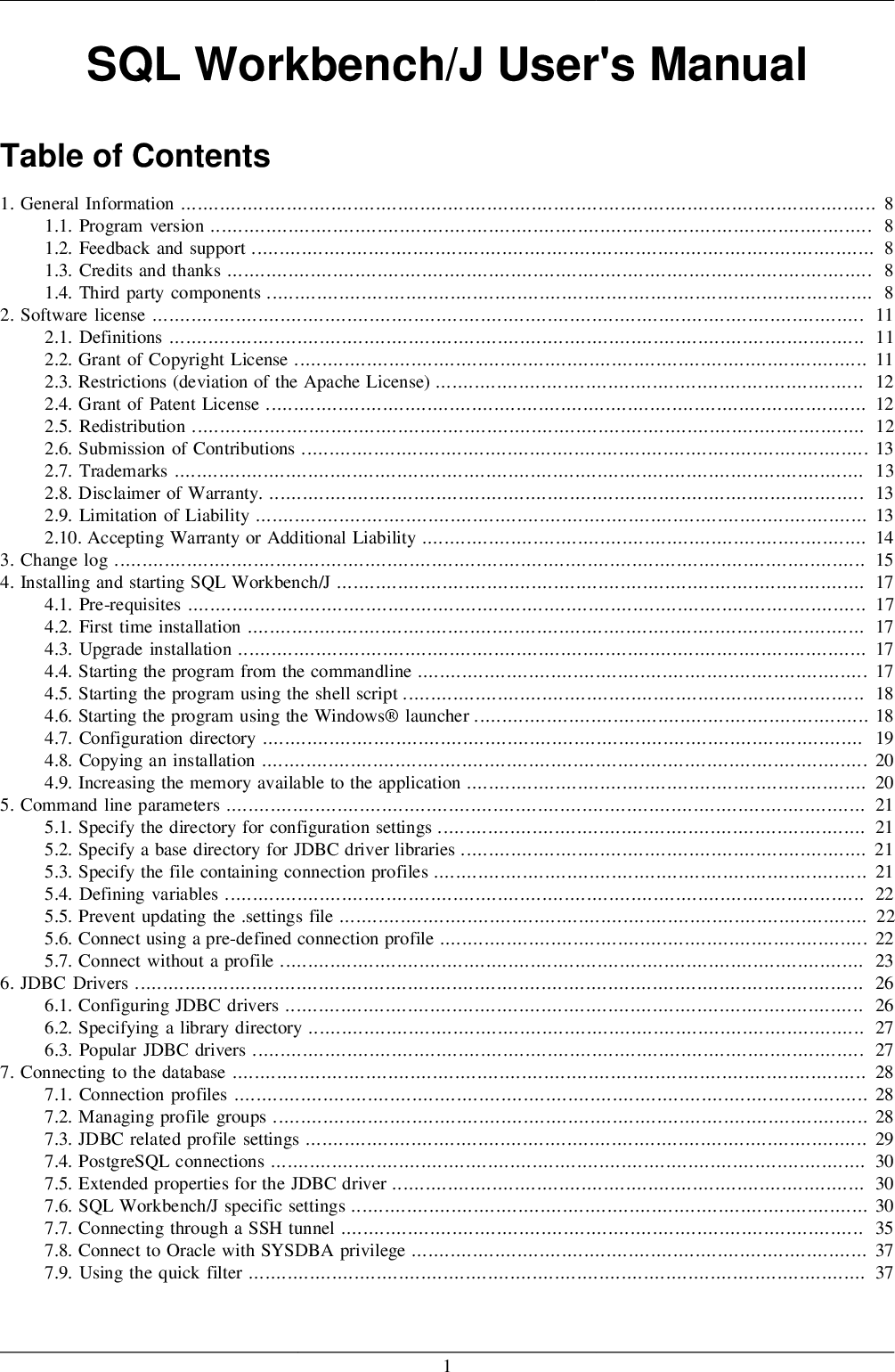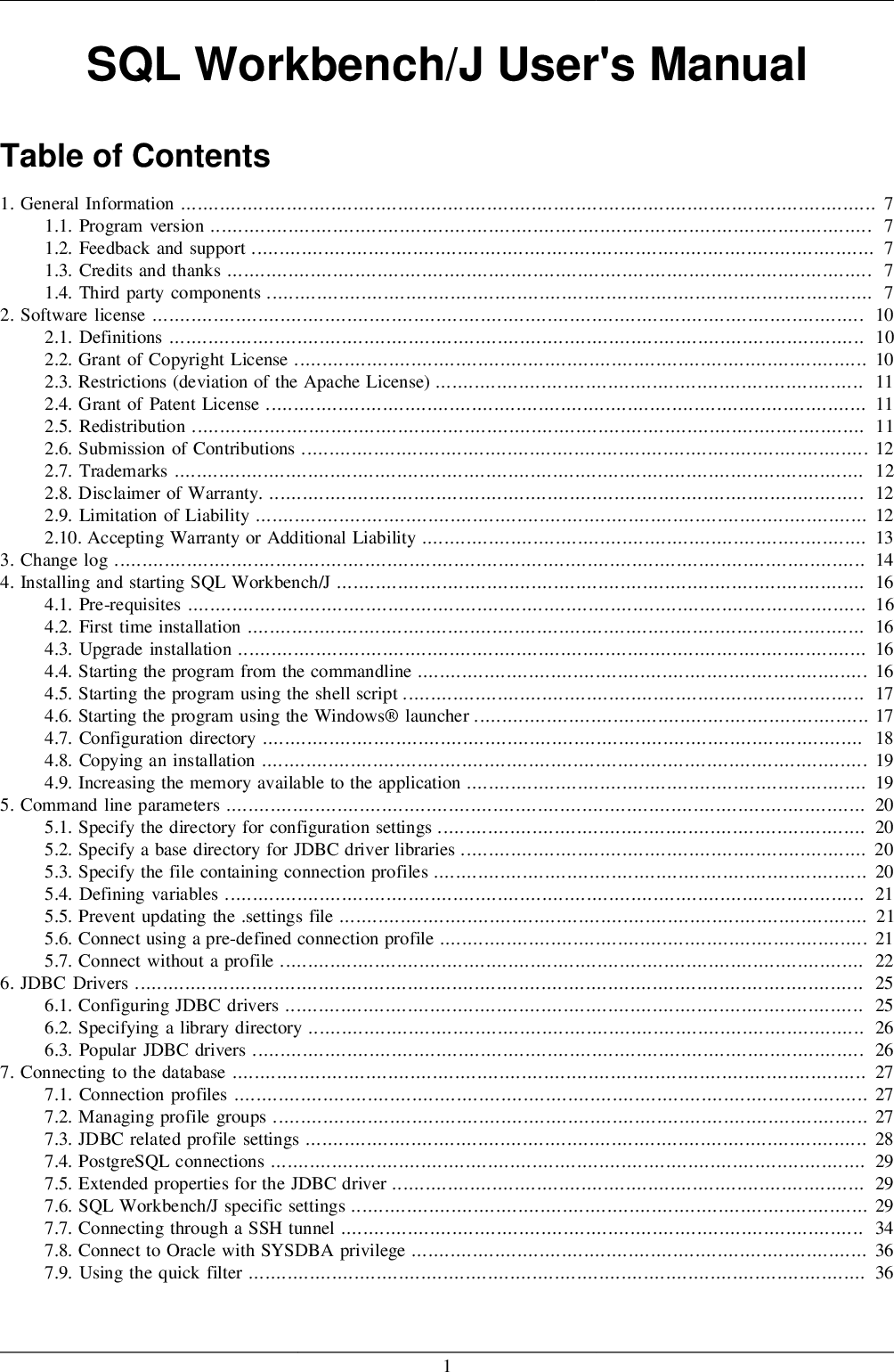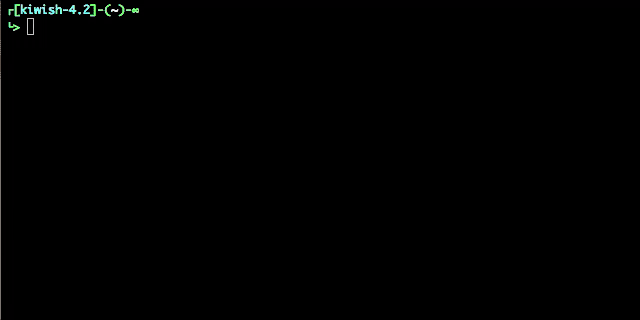Congratulations, now you know how to update npm & NodeJS version of your DEV Space on SAP Business Application Studio. You'll be prompted to agree with the project's terms of use (currently it's the MIT License), then the installer will ask where to install nvm. This will also be the same location as the downloaded node versions and their globally-enabled packages. The roaming app data folder under your current user should be perfectly fine. Node.js is a cross-platform JavaScript environment that can be used for server-side scripting.
Due to its non-blocking workflow, Node.js is popular among the web developers for building a dynamic web application. Node Package Manager also known as npm is the package manager for Node.js. It also serves as a command-line utility for interacting with the npm online repository for package installation, version management, and dependency management. It is important to have Node.js installed in order to use npm.
Also, working with updated versions of Node.js and npm ensures better performance and added features. When you install a Node application using NPM, you may do it either locally or globally. Local packages are installed where you are running the npm install command. Local packages will be placed under the 'node_modules' directory in the local location. Global packages, in comparison, are all put in a single place in your system regardless of where you run the npm install command. You can install it by installing first some version of node and then running npm install -g n.
The npm command can be used to download packages from the registry. Node Version Manager is a great tool and easy to switch between multiple node versions while working on projects that required different NodeJs versions. It saves a lot of development time by just switching to the version of nodejs needed. You can use it to install multiple versions of node, and then you can easily switch the currently used node version with one line of command. NodenvmnpmNode Version Manager is great for managing and working with different node versions but can be a little tricky to update to a newer version the first times. Especially if you want to keep all the globally installed packages.
It's actually really simple and here I'll show you how. I have installed node.js version 5.0 with nvm, but now I want to update it to 5.4. I'm trying to avoid having to manually reinstall all of my global packages (e.g. by running npm install -g grunt-cli bower yo yoman-angular-generator blabla blablablabla...). First, open a new terminal to ensure that you are using the default version of node. This is because the global dependencies installed under different node versions in nvm are not interoperable.
Package.json is a kind of manifest file for a project. It gives the developer a lot of versatile possibilities at his disposal. For example, it provides a central repository of settings for the tools used in a project. It is also where npm and yarn store information about the names and versions of installed packages. To use project-specific node versions, you can save the version in .nvmrc file. This way, starting to work with another project will be less error-prone after fetching it from its repository.
To overcome this problem, we can use the Node Version Manager . NVM allows installing multiple node js versions on the same machine and switching between the required node js version. Checking installed node versionsAlways check your installed node versions.
Sometimes our applications do not run because we are using outdated versions. This command will show all the installed node versions you have in Windows. That said, a globally installed package enables you to run the executable from any folder location and also becomes reusable across projects. There exist popular global packages such as npm, create-react-app, vue-cli, grunt-cli, etc. To check all the versions of node installed in your machine simply run the below ls command in nvm window. There are various commands which we can use with nvm and change and install any version of node.js with ease.
The commands are the same on Windows, MacOS or Linux. The first thing which we must do is to check the versions of node.js installed on the machine. You can install it easily with a curl and bash one-liner as described in the documentation. The package-lock.json file stores the version information of each installed package unchanged, and npm will use those package versions when running the npm install command. Both solutions require different versions of Node.js.
This adds the burden of manually installing or uninstalling Node versions and their global packages when switching projects. We only need to install it globally under node by default. Sometimes, when I explore GitHub and clone some Node.js projects, It's not compatible with my current installed Node.js, and need to install the other version of that. NVM make it easier and let us install and manage multiple version of Node.js in your local machine. The nvm command is a POSIX-compliant bash script that makes it easier to manage multiple Node.js versions on a single environment. To use it, you need to first install the bash script, and add it to your shell's $PATH.
Typing nvm ls will list all our installed node versions. We can check if there is a newer version by typing nvm ls-remote. That will output a lot of rows because there are many node versions.
It is common to see build tooling installed for a project at global level in a workspace or VM. This works fine when there is only one project in the VM but falls apart when we have multiple projects in one environment that require different versions of the same build tools. Node Version Manager is a tool that allows us to manage multiple Node installations in a single environment. It provides easy command line tooling for installing different versions of Node and switching which is active. Both Windows and Unix versions of NVM have clear installation and usage instructions so I will not cover that here.
After installing nvm, run "nvm on" from command line. Language version managers are a necessity for a number of languages (e.g. Python, Ruby) and JavaScript is no exception. Nvm provides a simple way to install node.js, including multiple versions simultaneously. This will first use "nvm version node" to identify the current version you're migrating packages from. Then it resolves the new version to install from the remote server and installs it. Lastly, it runs "nvm reinstall-packages" to reinstall the npm packages from your prior version of Node to the new one.
In this tutorial we walked through installing the nvm bash script and making sure it works. Then we used nvm to install the latest LTS release of Node.js and set it as our environment's default Node.js version. Then we looked at how you can use nvm to install any number of Node.js versions and switch between them as needed. Install node version manager by typing the following at the command line. README.md Contains additional instructions, information, and code-related specifications pertaining to the app.
Homebrew is one of the two popular package managers for Mac. Assuming you have previously installed node with brew install node. You can get up-to-date with formulae and upgrade to the latest Node.js version with the following. So someone is trying to initialize a project using the npm install command. When new versions of packages are released, it will turn out that this project is different from the original one. But I start working on a different project and that sometimes requires a higher or lower version of NodeJS.
So, I wanted to see if I can have multiple versions of NodeJS installed side-by-side. This blog post shows you how to install and manage multiple versions of NodeJS, Node Package Manager using Node Version Manager on Windows 10. In addition to having just one version of Node.js running at any time, you only have one collection of globally installed packages. That means if you upgrade one of your globally installed packages, say TypeScript, then all Node.js based utilities will use the new version. As seen in the output, it gives us all the node versions installed on my machine.
This is a very common problem and the best solution is to use nvm (Node.js Version Manager). It lets us switch between different versions of Node without much efforts. We will now understand through examples, how easy it is to switch, install and remove node versions on a system. It is not just another Backend technology, but also comes in-built with a package manager called npm.
The npm package manager is required in all projects which need external node packages like ReactJS or Angular or Vue. Install node version 8 or whatever version you wantIn the command prompt type the command below. If you want to check what are the current node versions, you can go to nodejs.org and check all of them. I would recommend using the recommended for most users. Nvm Node version manager to reinstall Node.js and npm on both macOS and Linux. You won't be surprised that running npm install or yarn install to download the Node modules in this example displays errors regarding deprecated packages.
If you have a list of default packages you want installed every time you install a new version we support that too. You can add anything npm would accept as a package argument on the command line. So I tried to find a path where global packages are installed when using nvm. Once I found it, it was super easy to update npm in that specific folder. For some reason, when I had node installed through nvm, npm i -g npm didn't work. However, when I was using a "system" node version, installed from Node.js website, it did.
I can't remember the exact error, but it was probably something with my PATH configuration. If you are JavaScript developer and not using nvm you might want to look at it. Node Version Manager is easy way to install, manage and work with multiple node versions.
After that, execute nvm list and you will get list of node versions installed by nvm. Version managers such as rbenv allow you to specify a Ruby version on a per-project basis (by writing that version to a .ruby-version file in your current directory). This is kind of possible with nvm in that, if you create a .nvmrc file inside a project and specify a version number, you can cd into the project directory and type nvm use. Nvm will then read the contents of the .nvmrc file and use whatever version of Node you specify. NPM, or the Node Package Manager, is a powerful tool that allows you to easily manage dependencies, run scripts, and organize project metadata. It's main purpose, however is to help you download and install Node packages from its repository to your project.
There is a section in package.json where scripts can be defined. Binaries of locally installed packages are made available in the PATH, so you can run them by name instead of pointing tonode_modules/.bin/name or using NPX. The following will update the local ports tree to get access to updated versions. This works even if you have a previous version of the package installed. By default, when a command like npm install lodash is used to install a package, the package ends up in the _nodemodules folder located in the project folder.
As on the same machine, we can only install one version of the nodejs, so it's very painful to uninstall and install the new node version as per your project requirements. In this blog, we will get to know and learn about running multiple node js version on the same machine with NVM . In daily front-end or node back-end development, some of the node dependencies used may not support the currently used node version. At this time, if you want to use this dependency for happy development, you can only switch the node version. Without NVM, I would have to uninstall Node.js and reinstall with an LTS version followed by installing the global packages I needed for SharePoint Framework development.
The other option was just to live on an LTS version… but my life it's all SharePoint Framework so it would have blocked some of the Node.js v7 features I was leveraging. If you work on multiple Node.js projects, you've probably run into this one time or another. You have the latest and greatest version of Node.js installed, and the project you're about to work on requires an older version. In those situations, the Node Version Manager is a great tool to use, allowing you to install multiple versions of Node.js and switch between them as you see fit.
A simple install by downloading and running the nvm-setup.zip. Then simply this simply allows you to switch your Node versions, also the ability to use install commands. It is an open-source manager for macOS, which makes it easier to install any software through the command line in macOS. The command to be given on a terminal is shown below.
Also make sure that you are using the default bash shell, as this command will give an error in fish or csh shell. Changing between different node versionsYou can always use different node versions and this command line let us jump between all our installed versions. Before reinstalling Node.js and npm on your macOS system, you'll need to remove any previously installed versions. This page and download and run the latest nvm-windows installer. After it has been installed, you can start the Command Prompt or Powershell as an Administrator and use the tool to reinstall Node.js and npm.
A Node version manager is a tool you can use to install various versions of Node.js and npm and shift between them seamlessly. I encountered this issue with updating npm while using nvm in 2017, and npm i -g npm didn't work for some reason. However, it did work when I had a single node version installed from Node.js website. And I remember seeing quite a few people with the same problem on stack overflow. Some global modules were install in the directory of current node version,for example 'nvm/node/v6.5.0/node_modules'.If I change to version v6.6.0,some global modules can't work.
To install the latest lts version of node and reinstall the old version packages just run the following command. This will install the appropriate version and reinstall all packages from the currently used node version. Using nvm (Node.js Version Manager) makes it easier to install and manage multiple versions of Node.js on a single local environment. Even if you only need a single version of Node.js right now, we still recommend using nvm because it allows you to switch between different versions of Node with minimal hassle. To switch through installed versions, nvm provides the nvm use command. So, you need to follow this by a version number or an alias.
If installed correctly, the nvm command is available anywhere in you terminal. As the name suggests, it helps you manage and switch between different Node versions with ease. It provides a command-line interface where you can install different versions with a single command, set a default, switch between them and much more. Install packages based on package.json using the npm installed with nvm v0.10.1. A Node version manager is tool or a utility so to say, that enables developers to install different versions of Node.js and switch impeccably between them. To update the package installed locally in your Node.js project, navigate the command prompt or terminal window path to the project folder and write the following update command.
Nothing beats how easy it is to get to any version of Node using NVM. You can go up, you can go down, heck you can even switch back and forth all the time if that is what you need. Imagine having to run a few hundred tests across major versions of node like most CIs do.



























No comments:
Post a Comment
Note: Only a member of this blog may post a comment.